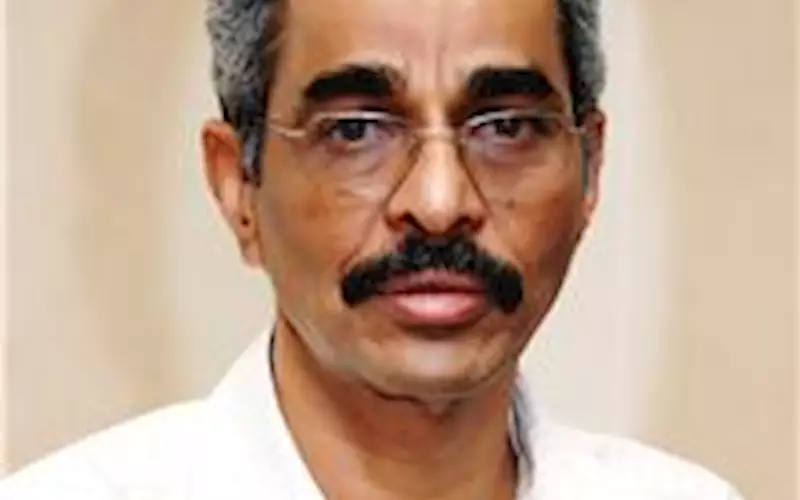Corrugated, cooling and artworks discussed in April’s StB
The Share-to-Benefit (StB) session for the month of April focussed on the aspects that one needs to consider in order to select the right kind of corrugated boxes (CB) for the right purpose and chillers and filters for offset machines.
01 May 2013 | By Mihir Joshi
The presentation by Shlok Kedia of Kedia Paper Industries argued that CBs are size-flexible, recyclable and bio-degradable, easily available, light weight and convenient to handle, easy to stack, easy to assemble, can be coated with water repellant.
Corrugated boxes’ hygroscopic nature causes absorption of moisture which leads to deformation and moisture will weaken their rigid strength. This is one of the disadvantages of using corrugated boxes.
Kedia said, “Among rectangular boxes and cubes, it was observed that cubes offer more strength. However, it is the industry’s observation that 2:1:2 is the most economical size as it holds most goods. The size of the boxes should be such that it should weigh not more than 20 kg for convenience of handling. The strength of the CB depends on the load bearing capacity of the sheets when kept vertically. In fact, you can use, four verticals stitched, covered with the corrugated lid and bottom, to hold the same goods as the regular box.
After debating the economics against the strength of the boxes, bursting strength and compression strengths, the members discussed how corrugated boxes affect packaging and offer protection to the goods.
The important lesson that filtered out the session was the importance of proper storage for corrugated boxes. While storing, the CBs should not be tied along the height, as it damages the vertical fibres, thus reducing the stacking strength of the box. Thus storing CBs should ideally be flat and tying, along the width of the box.
Wolfgang Dietrich (sales and marketing director), Samir Bandhu Gupta (general manager) and Suresh Menon (technical support) of BaldwinTechnology spoke about cooling and filtering systems. The main advice that resonated throughout the session was the need to train the workers to handle basic cleaning of the units regularly rather than waiting for a breakdown. The speakers talked about different aspects of simple maintenance and touched upon the service aspects of the same.
Vishwanath A Shetty, a member of the StB team and owner of PrintWorks gave an exhaustive presentation on ‘Helpful tips to check artworks’. The presentation was aimed at identifying the flaws in the artworks the printers get and how to solve them.
Most of the soft artworks are in the form of PDFs. Though they can also be provided via; Corel Draw, Photoshop, Adobe Illustrator and InDesign. The members discussed the applications of various softwares, the flaws in the artworks and how to rectify them and talked about other processing problems. The basic purpose of the presentation was to point out the importance of educating clients on the right print-ready file to avoid encountering problems while processing.
The presentation talked about important steps to avoid glitches, printer should check the size of the artwork with proper cut marks, make provision for bleed area and space for binding.
It was observed that printers sometimes receive PDF files for jobs created in PPT or MS Word. Some clients have the misconception that a PDf file is ready to print, without realising the problems printers face with RGB colours, cut marks, and provision for bleed areas or the space provided for binding.
The specific issue like envelopes, back-to-back danglers and pop up articles for gimmicks were discussed. Finally it was agreed that the best way to go about is to follow one of the graphic program to create a file. Secondly take care of all preflight parameters before working on a file, so that the basic standard requirements are taken care of by default.
StB plans prepare a white paper on guidelines for preparing artworks.











 See All
See All